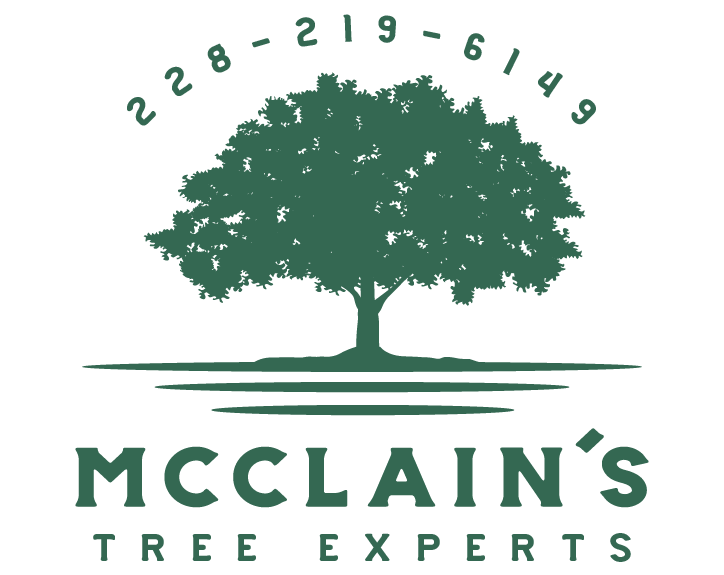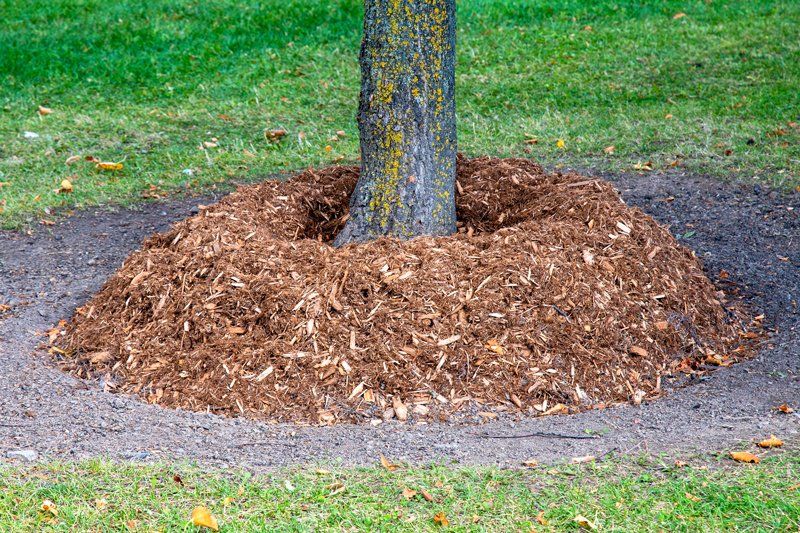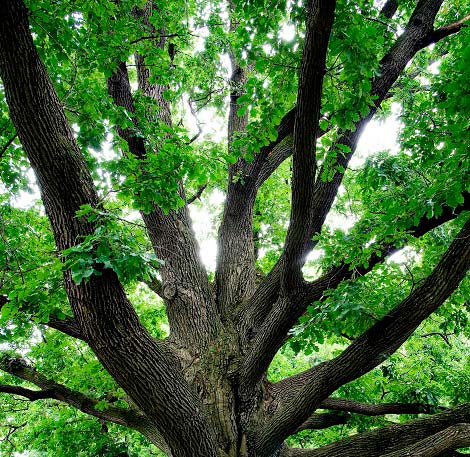Leaning Trees: Causes and Corrections
A leaning tree can be a real concern, especially if the tree could fall on your home, across the sidewalk, or into the street. Pinpoint the reason for the lean so you can determine the best solution.
Location Issues
A lean doesn't always indicate a health issue with the tree itself. Often, the location of the tree has resulted in the development of the lean.
Shade and Crowding
Some trees grow well when shaded beneath a taller tree or in the shade of a building, while others will twist and lean to get a full share of sunlight. Many shorter-growing flowering trees, for example, grow perfectly straight even when placed right next to a taller tree, but many taller trees need plenty of room and will lean if they are too crowded.
If your tree leans due to crowding, thinning the canopies of surrounding trees to allow in more light while also staking and supporting the leaning tree may be able to correct the problem.
Poor Soil Structure
Not all soil is conducive to strong rooting. The main anchoring roots of a tree grow horizontally in the top 2 feet of soil, although some tree varieties have strong taproots that grow vertically to a much greater depth. If the soil is too compact for the roots to penetrate, then the tree may lean. Overly sandy soil can also cause leaning simply because the soil structure is too weak to anchor the tree.
Soil structure is difficult to remedy once the tree is planted, but tree supports may be able to help prevent further leaning or falling.
Outside Damage
Damages to a tree, particularly the roots, can lead to leaning. These types of leans can be dangerous since they are more likely to lead to a fallen tree.
Storm Damage
High winds, particularly when combined with rain-drenched soil, can lead to a lean. A tree that is leaning by 40 percentor more has a higher likelihood of coming down in a storm. If you have a leaning tree before a storm, or one that begins to develop a lean after high winds, you may notice disturbed soil around the base of the trunk. This soil disturbance may indicate an impending fall.
Storm leans can often be fixed with temporary tree supports. The supports straighten the trunk and keep it upright until new roots grow in to better anchor the tree.
Mechanical Damage
Mechanical damage is man-induced damage to the tree. For example, if your tree is hit with a car or rammed with a riding lawn mower it may suffer broken roots and develop a lean. In some cases, the lean may be a result of trunk damage, such as a split or break.
Tree staking is sometimes sufficient to fix the problem until the tree heals. If more severe damage occurred, such as a split or break, a tree service may be able to bolt the damaged trunk together. Over time, the tree will heal over the damage and the trunk will be strong again.
Growth Habits
The growth habit of a tree can lead to a lean. You have a better chance of correcting these issues if you catch them early.
Unbalanced Canopy Issues
Weight distribution in the canopy can lead to a lean simply because the tree will eventually begin to lean toward the heavier side. The extra weight of the branches on the lopsided tree can eventually cause it to fall.
Fortunately, prompt pruning to thin out the heavier side and balance out the canopy can fully cure the issue before an irreversible lean occurs.
Weak Trunk Development
A trunk may suffer weak development for a myriad of reasons. If the tree has a twisted or curved trunk or two trunks, it can be more likely to lean and eventually fall.
Proper pruning and training when young is the best way to avoid this problem. In mature trees, some pruning combined with support may correct the problem, or at least prevent the tree from falling.
ContactMcClain's Tree Experts for more help with your landscape trees.




